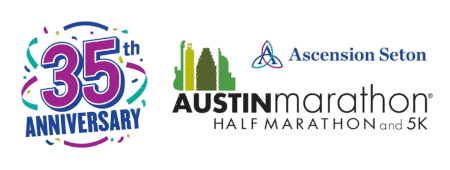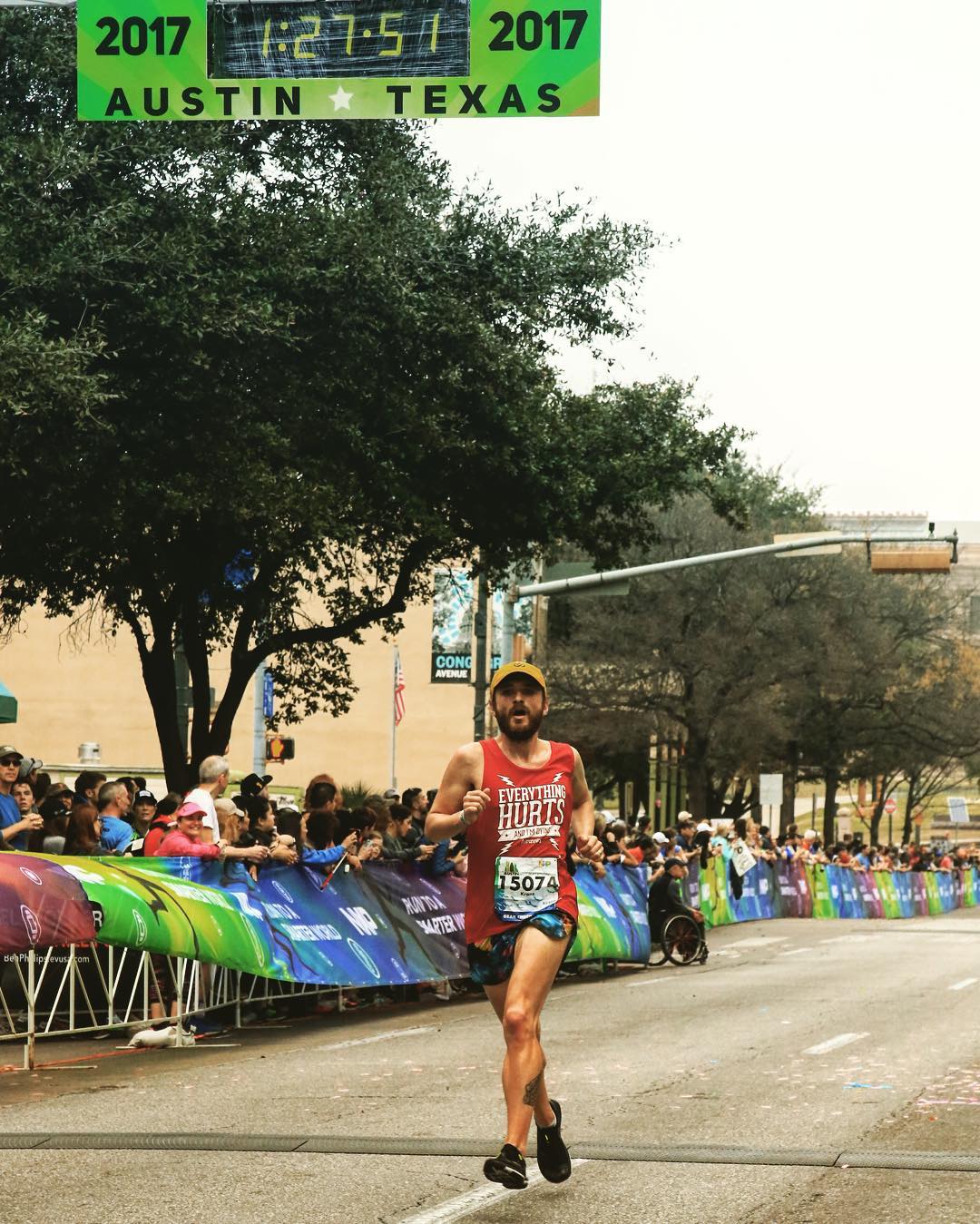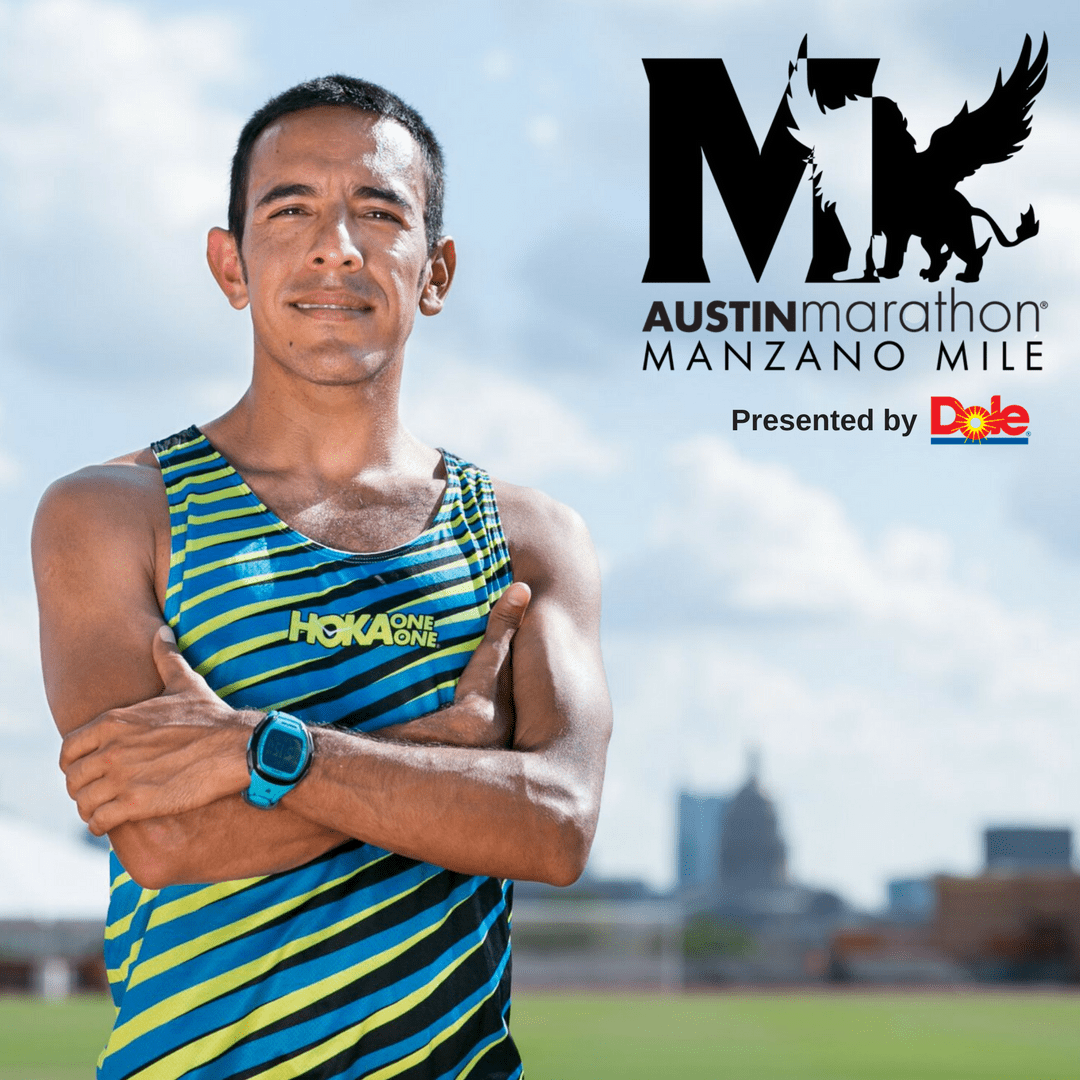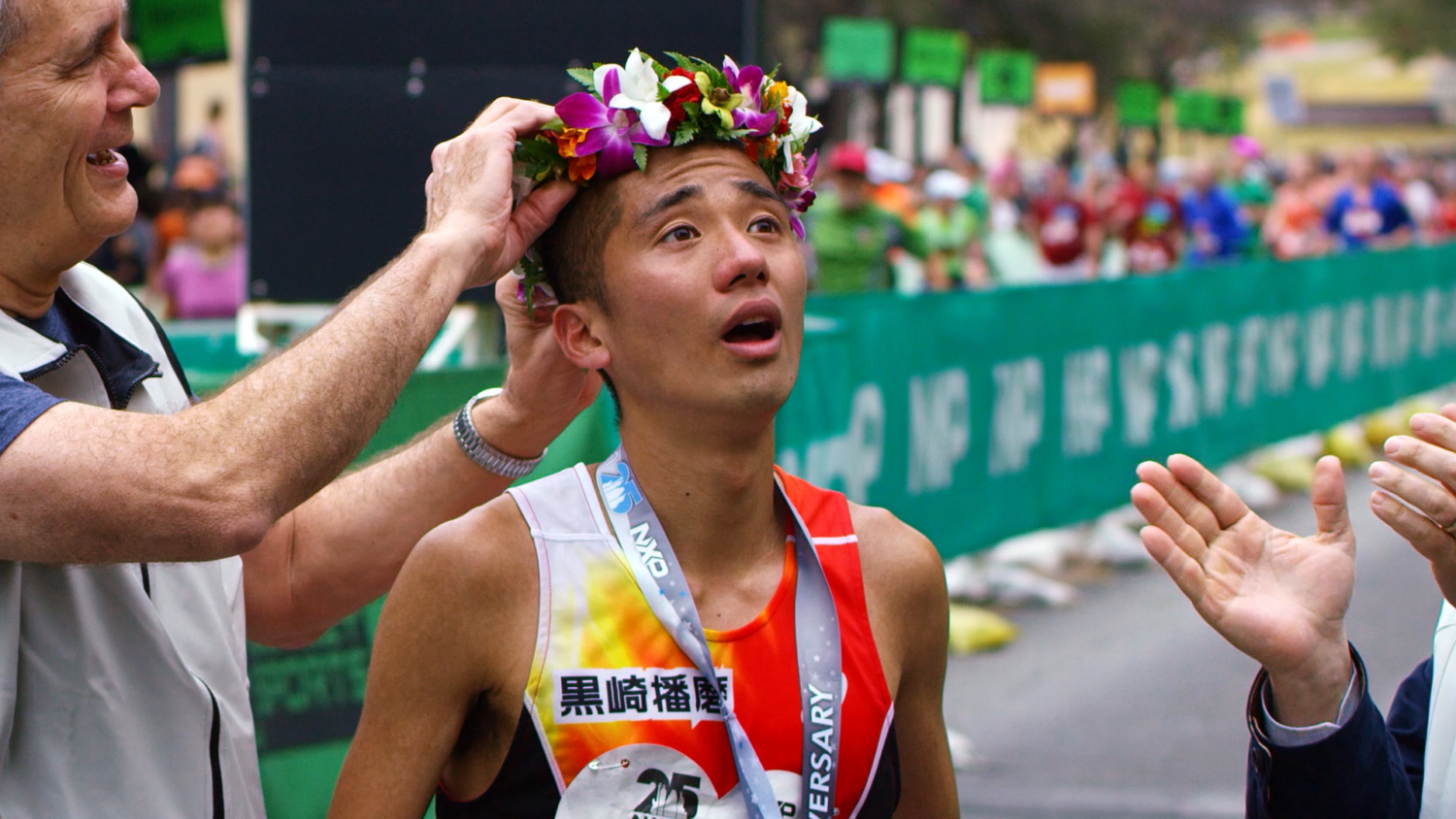An Athlete’s Perspective – Issue 9
An Athlete’s Perspective is a blog series of event and/or training experiences written firsthand by the athletes themselves. An Athlete’s Perspective is a completely unscripted and raw look into the mind and daily life of an athlete as they prepare for their next race. Readers will discover training regimens, eating tips, gear recommendations, and an uncut perspective into the lives of people like you and me.
6 Tips for Running the Austin Half Marathon
By: Kyle Kranz
Living in western South Dakota does not give me many options for winter half or full marathons.
After missing my half marathon PR by 1 second and 20 seconds in the fall, I was super pumped when gifted an entry into the Austin Half Marathon for a third try!
Below are my six favorite pieces of advice I like to share with those who ask for general racing tips, tuned specifically for Austin. Keep them in mind as you train for and when you run the Austin Half/Full Marathon and I have little doubt you’ll get a bit closer to that PR! You’ll notice that none of these have anything to do with your fitness level. They are applicable to everyone and every event.
 1) Take the Tangents
1) Take the Tangents
We’re starting with the easiest.
Did you know that courses are measured via the shortest possible route?
People not running this route is one of the most frustrating things I see at races and something so easy to fix. Run straight from corner to corner instead of staying on one side of the path.
That means when you take a turn wide, you’re running farther than the course actually is! Now imagine you take 10 wide turns over a half marathon. You signed up for 13.1 miles, not 13.5! There went your PR.
2) Slow Down Going Up
I’ve read a lot of research studies over the years, but one that compared racers in an actual race and their position before and after a hill was the one that has stuck with me the best because it’s so applicable to real life and easy to put into practice.
This one is simple as well, slow down when you go up an incline instead of trying to maintain the pace.
The researchers determined that while this may cause you to lose time compared to other runners right at that very moment, over the course of the race duration the individuals who slowed going up had more stamina once they reached the top and were able to accelerate and pass the runners who expired because they maintained their pace.
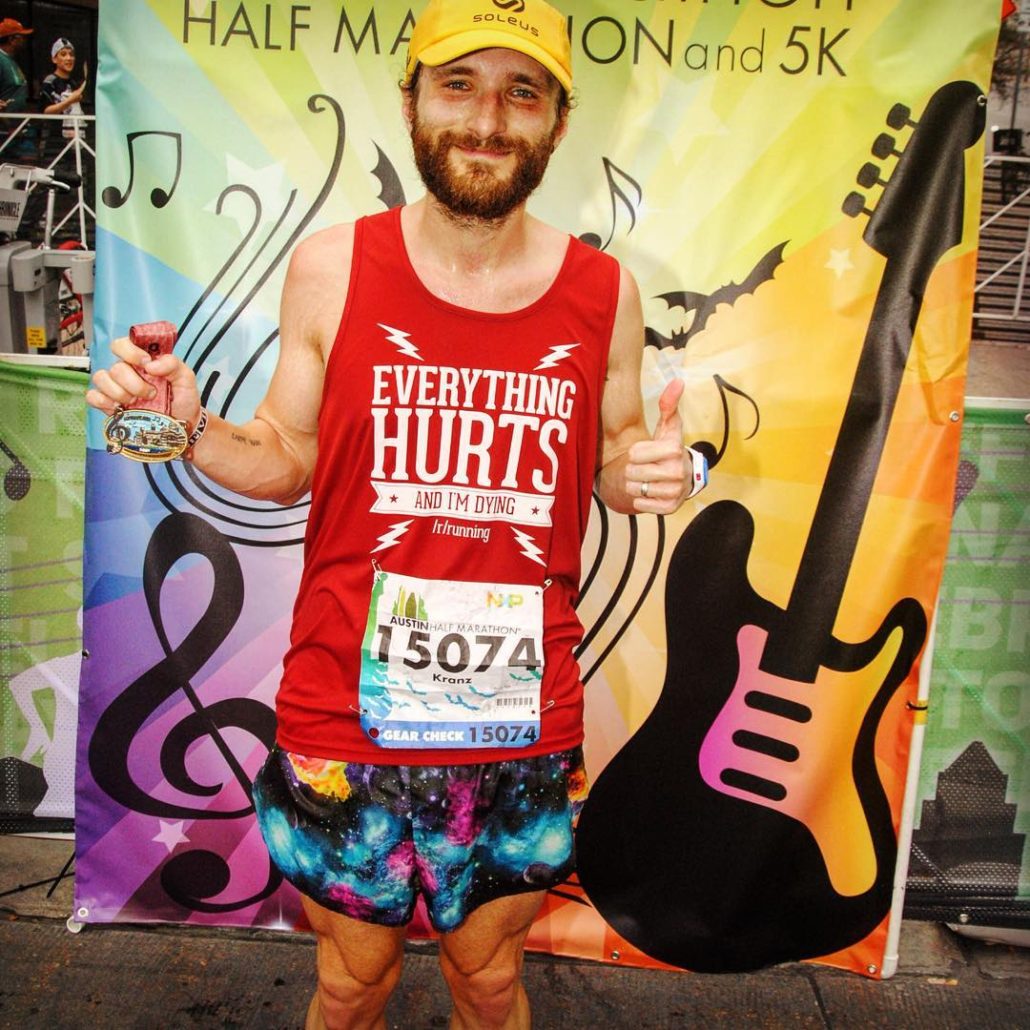
3) Preview the Course and Event
Course previews range from the obvious physically checking out the course before race day to reading about the event online.
A fast way is to simply search Google for the name of your race + race report and read the experience other people have had during past years of the event. Race reports will often mention how the start is organized, what aid stations are like, crowd support, etc.
Of course, the race website is full of helpful information as well. Get familiar with what hydration and calorie options will be available and at what intervals on the course, and look at the elevation profile so you’re aware of any steep bridges or climbs at the end of the course.
The absolute best option is to actually train on the course. If you’re training in Austin, your long runs will likely be very near to 15-20 miles and doing them on the course is wise. The more familiar you are the better!
Another note from a friend of mine that did the full: Be aware that for the first few miles you’ll be running with a bunch of half marathoners. Know when and where the split is. Otherwise, you may suddenly and surprisingly find yourself running solo.
4) Be mindful of the weather
When I arrived in Austin it was actually warmer in South Dakota than in Texas on that February day! However, on race morning it was about 70 degrees and humid.
I re-evaluated my pacing and goals and decided to skip the warm up to keep my core temp down and take the first uphill 5k super easy before dropping the hammer for the remaining 10 miles. I ended up running the first 3-4 miles about 25-30 seconds slower per mile than I would end up averaging.
Due to the proper pacing, I was able to run comfortably for the entire race duration, never needing water or calories and not experiencing any cramping or stomach issues.

5) Don’t Forget the 5P’s
Proper pacing prevents poor performance. Do not forget it!
No amount of good training, perfect calories, and adequate hydration will save you if you run the first third of the race distance too fast.
The final third of a race is full of people barely shuffling forward who “had a great first half.” Don’t be one of them! Let people go off ahead during the first third of the race distance, many of them will expire and you will pass them feeling well. Just don’t count passes out loud, it’s rude.
For just about any distance, I like to recommend my clients break it up into three parts. Run the first part easy, which will be much faster than your typical easy pace. Speed up a bit for the middle third but keep it controlled. And then for the final third, whether it’s during a 5k or a marathon, you can basically run at best effort. It’s harder to bonk when your body knows the finish line is near!
6) Treat Yourself
No one needs a sport or luxury car, but when you have one it sure is nice.
No one needs the VIP Experience at the Austin Marathon, but it sure was nice!
From the indoor waiting area with couches, refreshments, little breakfast burritos, and indoor bathrooms to the post-race meal looking over the finish line area and massage, it made me pretty darn special to be a VIP for a day! Oh, and I LOVE the free cap I got at the expo for being a VIP.
I hope you found these tips helpful!
Regardless of your experience level or knowledge, putting even one of these into practice will help. You will put hundreds of hours into training for this half marathon, don’t sacrifice your goal by making any easily avoidable mistakes at the event!
– Kyle Kranz
Kyle Kranz finished the 2017 Austin Half Marathon in 1:27:46. He works with runners from around the globe helping them achieve their goals. Follow him on his social channels (Facebook, Twitter, Instagram, YouTube) to gain more insight!
